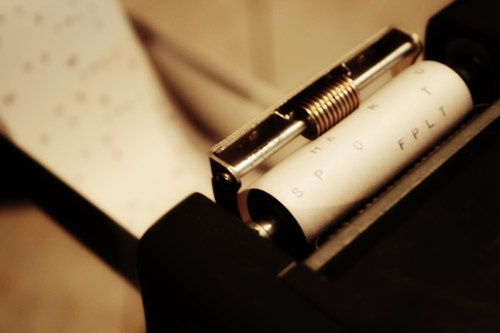I spent the five happiest years of my life in a morgue. As a forensic scientist in the Cleveland coroner’s office I analyzed gunshot residue on hands and clothing, hairs, fibers, paint, glass, DNA, blood and many other forms of trace evidence, as well as crime scenes. Now I'm a certified latent print examiner and CSI for a police department in Florida. I also write a series of forensic suspense novels, turning the day job into fiction. My books have been translated into six languages.
I'll email you.
But what sample were they testing? What piece of evidence were they analyzing in the gas chromatograph?
They would most likely have rope fibers on their hands whether they hung themselves or were strangled. No, the furrow will usually get less deep and maybe disappear, depending on how tight the rope is, toward the spot where the knot is since it is usually higher up on the body as gravity pulls the body downward. As far as I know the location of the knot will depend on where it’s tied, if it’s slid around before suspension occurs, and the structure of the knot (if it slips or not). Being right or left handed shouldn’t make a difference therefore.
That’s an exceedingly broad question that could take a stack of textbooks to answer.
Starbucks Barista
 Why does Starbucks attract so many homeless people?
Why does Starbucks attract so many homeless people?
Court Reporter
 If your special keyboard lets you type 200+ words per minute, why doesn't everyone use them?
If your special keyboard lets you type 200+ words per minute, why doesn't everyone use them?
Investment Banker
 How much can bankers earn in a year?
How much can bankers earn in a year?
What was it they were testing?
Many forensic chemistry departments only analyze possible drugs, so I would think it would be possible to find.
The 'forensics industry' encompasses at least twenty different areas, from pathology to accounting, so any certifications would be administered by that disciplines organizing body. Fingerprints, for example, are regulated through the International Association for Identification. Death Investigators have their own organization. Whether or not these certifications are required for your job is up to the agency (such as your city police department or a county medical examiner's office) hiring you for that job.
-OR-
 Login with Facebook
Login with Facebook (max 20 characters - letters, numbers, and underscores only. Note that your username is private, and you have the option to choose an alias when asking questions or hosting a Q&A.)
(A valid e-mail address is required. Your e-mail will not be shared with anyone.)
(min 5 characters)
By checking this box, you acknowledge that you have read and agree to Jobstr.com’s Terms and Privacy Policy.
-OR-
 Register with Facebook
Register with Facebook(Don't worry: you'll be able to choose an alias when asking questions or hosting a Q&A.)